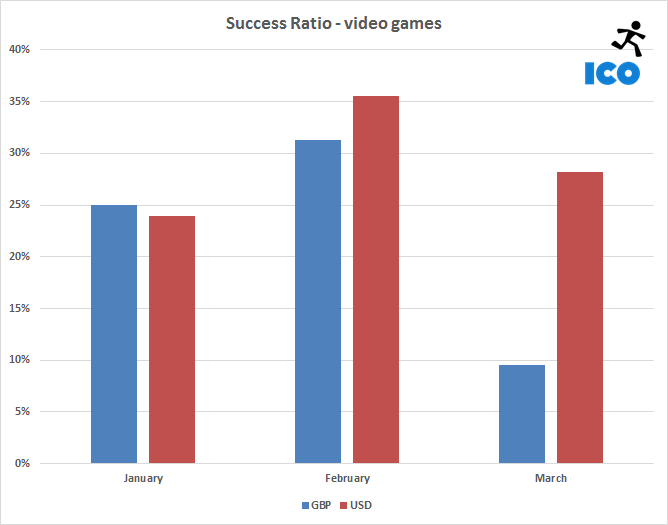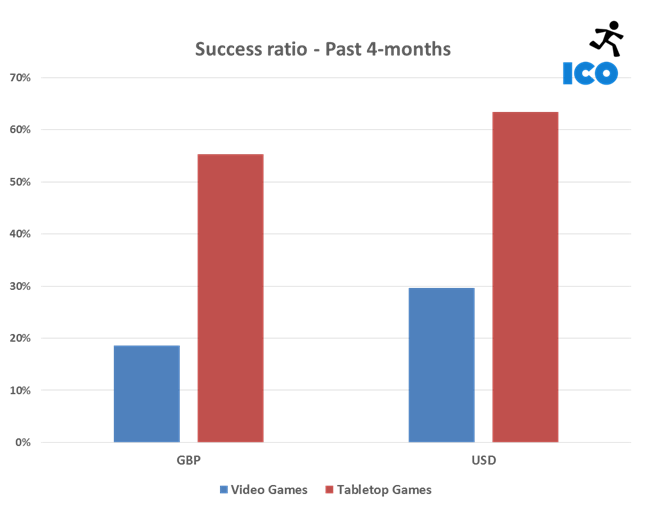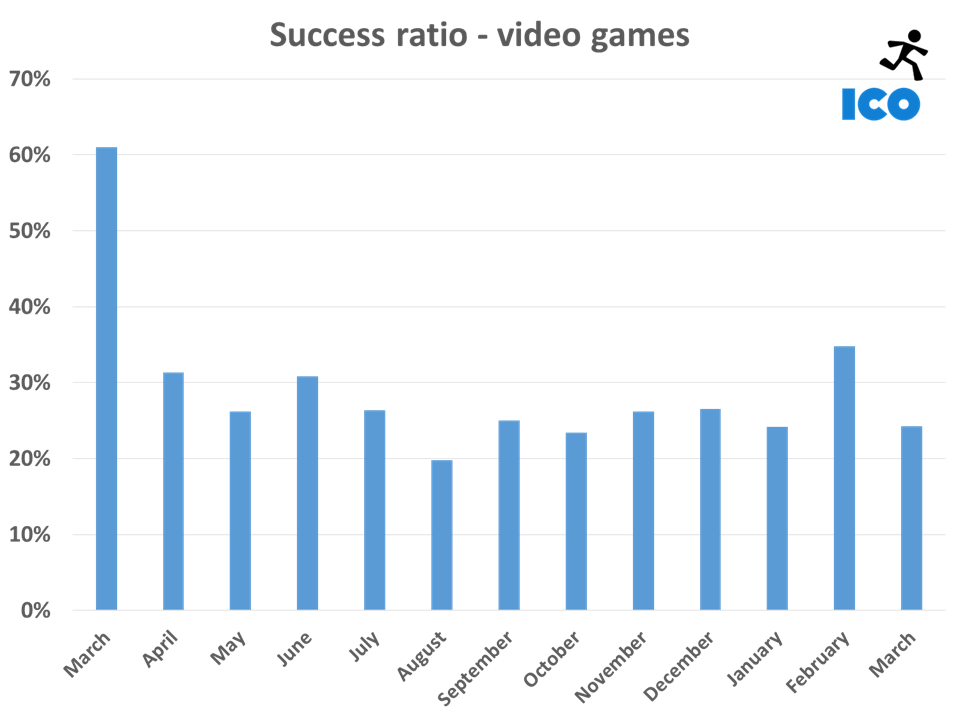I have been a bad boy. It has been weeks since my lecture at the Indie Game Summit during GDC and I haven’t put the slides on the blog. Hopefully, anyone interested in them already got a look at them on SlideShare, but I do need to share them here as well, and I need to share more.
First things first, here are my slides from GDC:
I also promised to share the my raw data, which you can find here: Raw Data Spreadsheet
Lastly, I wanted to share the result of the small survey I did with a sample of people whose video game project got funded: Survey results
Now, there are a few things I said during the lecture I would like to rectify or provide some additional some data on…
Payment failures
I think the number I gave didn’t properly reflect the reality. I had a discussion with Cindy Au during GDC and explained I found the variance was large and wondered why. She offered great insight on this and it basically came back to the survey question probably being misunderstood. In my own case, the failed payments were less than half a percent and she said that average was probably around 2% or 3%, I trust her on this.
Success Ratio
At GDC, I had a specific data sample that I had gathered myself that didn’t include failed projects. This has now changed and I have WAY more data. I haven’t processed it all though as I was quite busy since then, but here are a couple of things I can share already:
So, the volume of GBP projects is still significantly smaller than the USD projects, but there were still 21 GBP projects in March. two of which got funded. Meanwhile, there were 99 projects in USD with 22 of them getting funded. They were more funded projects in USD than the total of GBP projects in that period. GBP projects are struggling more to get funded than USD, with March a real wash – despite having seen more GBP projects than the previous month. It might be a self fulfilling prophecy as talking to studios based in Europe, most are considering to launch their projects in USD, including British studios.
Comparing the success ratio of video games to tabletop games, it seems GBP projects have to carve out their place in this ecosystem, but the problem is more pronounced for video games:
Seasonality
Having the data on failed campaigns is very promising in terms of being able to research success factors. A last bit of data we can share today is about seasonality (from what we can see so far).
So, March saw a huge peak is due to Doublefine Adventure. The vast amount of people they brought to Kickstarter basically benefitted a lot of projects that were live at the same time DFA was.
The most significant seasonal effect happened in August. The projects ending that month had a difficult time, probably due to a number of reasons: there is less media coverage during the summer; backers are probably away from their computer for a significant proportion of them; and somehow many studios decided to launch during that month, making it made it more complicated to get noticed.
This is just a small peek at the information, we will be able to go more in-depth in the coming months when time allows.





Trackbacks & Pingbacks
[…] you have seen my slides from the Indie Game Summit at GDC13, this deck will look familiar. It using the same overall structure, but what is striking is where […]
Leave a Reply
Want to join the discussion?Feel free to contribute!